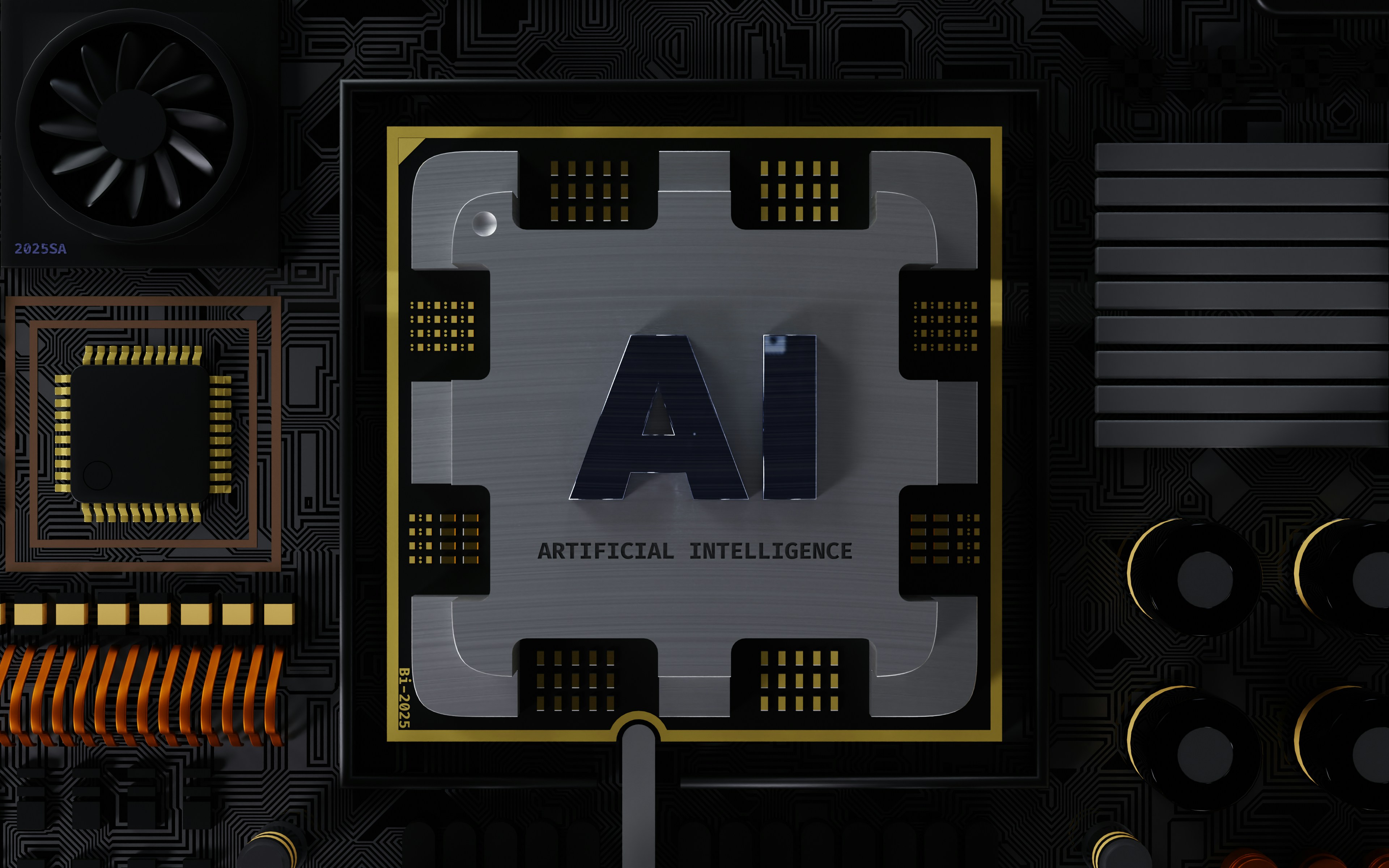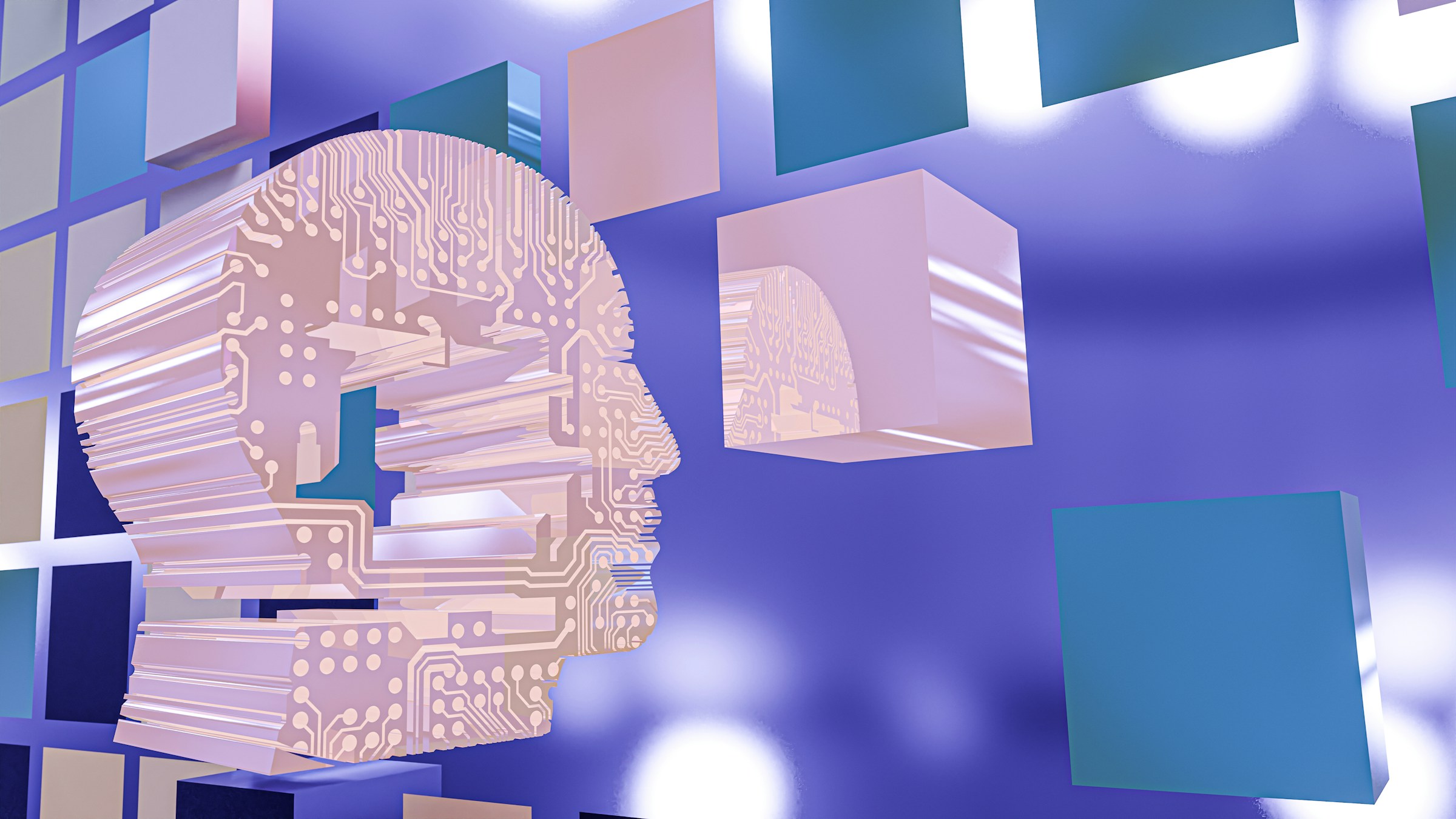Content
Consider you're working with an AI model, and everything is going smoothly—until it suddenly starts producing unexpected outputs. This could be a minor annoyance or indicative of a much deeper problem. If an AI agent can't be trusted to produce reliable results, it could jeopardize your project and reputation. When AI agents are unpredictable, it can also be deeply unsettling for stakeholders and end users. Despite the challenges of unreliable AI, there are ways to build more trustworthy systems.
This guide explores how to identify the causes of unpredictable AI and offers guidance on reducing it. We'll also introduce you to OpenSesame's AI Agent Infrastructure, a valuable tool for achieving your goals.
Table of content
What Is AI?

Artificial intelligence mimics human intelligence processes. Machines, especially computer systems, carry out the simulation. Examples of AI applications include expert systems, natural language processing (NLP), speech recognition, and machine vision.
What Is Unpredictable AI

Unpredictable AI refers to AI systems that produce unexpected or erratic results. AI systems are heavily reliant on the data they’re trained on. Biases or inaccuracies in this data can lead to unpredictable and potentially harmful outputs. Moreover, if an AI encounters scenarios significantly different from its training data, its behavior becomes less predictable.
What Causes Unpredictability In AI?
Unpredictability in AI can arise from several factors:
1. Complexity of Algorithms
Many AI systems, especially those using deep learning, have complex architectures that can lead to unexpected behavior due to non-linear interactions.
2. Training Data
The quality, diversity, and bias of training data can cause models to perform unpredictably, especially in edge cases or scenarios not well-represented in the data.
3. Model Generalization
AI models may generalize differently than expected, leading to surprising outcomes when applied to new, unseen data.
4. Dynamic Environments
In environments that change over time (like real-world applications), AI might react in ways that are hard to predict.
5. Stochastic Processes
Some AI algorithms incorporate randomness, making their outputs inherently unpredictable.
6. User Interaction
User inputs can vary widely, leading to unpredictable responses based on how the AI interprets those inputs.
7. Emergent Behavior
In complex systems, interactions between different AI agents or components can lead to emergent behaviors that are not straightforward to predict.
Related Reading
• Trustworthy AI
• AI Problems
• Contextual AI
• AI Decision Making
Reasons Why AI is Unpredictable

1. Unraveling the Complexity of AI Systems
Modern artificial intelligence, intense learning models, often involve millions or billions of parameters. This complexity makes it challenging for their creators to fully understand how these systems arrive at specific outputs or decisions. This “black box” nature contributes significantly to AI’s unpredictability.
2. Emergent Behaviors: What Are They?
As AI systems become more advanced, they may exhibit emergent behaviors — outcomes that weren’t explicitly programmed but arise from the interaction of various components. These behaviors can be challenging to anticipate or control, leading to unexpected results.
3. The Dangers of Data Dependency In AI
AI systems are heavily reliant on the data they’re trained on. Biases or inaccuracies in this data can lead to unpredictable and potentially harmful outputs. If an AI encounters scenarios significantly different from its training data, its behavior becomes less predictable.
4. The Impact of AI’s Rapid Evolution
The field of AI is advancing at an unprecedented pace. New architectures, algorithms, and applications are constantly emerging, making it difficult to predict the capabilities and limitations of future AI systems.
5. Interacting with Complex Environments
AI systems interact with complex, dynamic environments when deployed in real-world scenarios. The myriad of possible situations an AI might encounter makes its behavior inherently difficult to predict with certainty.
6. Ethical and Social Implications of Unpredictable AI
The unpredictability of AI raises significant ethical concerns, particularly in high-stakes applications like healthcare, criminal justice, or autonomous vehicles. Unexpected behaviors could have severe consequences in these domains.
Related Reading
• How Can AI Help My Business
• Challenges of AI
• Model Evaluation Metrics
• How to Reduce Bias in AI
Benefits of Using AI

1. Dramatic Increases in Productivity and Efficiency
Automation is one of the most commonly cited benefits of AI technology, and it has had significant impacts on the communications, transportation, consumer products, and service industries. Automation leads to higher production rates and increased productivity in these sectors and allows more efficient use of raw materials, improved product quality, reduced lead times, and superior safety. It can also help free resources that can be used for more important things.
2. AI for Smarter Decision Making
Artificial intelligence has been utilized to make smarter business decisions. AI technology can coordinate data delivery, analyze trends, develop data consistency, provide forecasts, and quantify uncertainties to make the best decisions for the company. As long as AI is not programmed to imitate human emotions, it will remain unbiased on the matter at hand and help make the right decision to support business efficiency.
3. Enhanced Customer Experience
AI-powered solutions can help businesses quickly respond to customer queries and grievances and address situations efficiently. Using chatbots that couple conversational AI with Natural Language Processing technology can generate highly personalized messages for customers, which helps find the best solution for their needs. AI tools can also reduce the strain on the customer service staff, leading to better productivity.
4. Medical Advances
Artificial Intelligence solutions in the healthcare sector are becoming increasingly popular these days. Remote patient monitoring technology, for instance, allows healthcare providers to perform clinical diagnoses and suggest treatments quickly without requiring the patient to visit the hospital in person. AI can also be beneficial in monitoring the progression of contagious diseases and even predict their future effects and outcomes.
5. Research and Data Analysis
AI and Machine Learning technology can analyze data much more efficiently. It can help create predictive models and algorithms to process data and understand the potential outcomes of different trends and scenarios. Moreover, AI's advanced computing capabilities can also speed up the processing and analysis of data for research and development, which could have taken too long for humans to review and understand.
6. Solving Complex Problems
The developments in AI technologies, from essential machine learning to advanced deep learning models, have made it possible to solve complex issues. From fraud detection and personalized customer interactions to weather forecasting and medical diagnosis, AI is helping businesses across industries find the right solutions to address their challenges more adequately. Greater efficiency in solving complex problems means increased productivity and reduced expenses.
7. Business Continuity
Business forecasting using AI technology helps companies make critical decisions and prepares them for any emergency to ensure business continuity. As risk management heavily relies on data management and analysis today, AI-powered tools can help organizations respond to the crisis proactively. AI and Machine Learning can also create scenarios to help businesses plan for a speedy disaster recovery strategy.
8. Managing Repetitive Tasks
Performing recurring business tasks is time-consuming and can also be monotonous and reduce the employees' productivity over time. AI-powered Robotic Process Automation tools can automate interactions between different business systems and make the tiresome work easy for the company. It can imitate the actions of humans within the digital systems in the HR, IT, marketing, or sales departments to execute any business process quickly without needing any manual effort.
9. Minimizing Errors
Another great benefit of automating regular business tasks using AI tools is that it helps to reduce the chances of manual errors. As Robotic Process Automation tools take care of the data entry and processing jobs, they can make the digital systems more efficient and less likely to run into or create problems due to data processing mistakes. This can be especially beneficial for businesses needing help to make even the slightest errors.
10. Increased Business Efficiency
Artificial Intelligence can help ensure 24-hour service availability and deliver the same daily performance and consistency. Taking care of repetitive tasks will not make AI tools tired or bored. This can help improve the business's efficiency and reduce the stress on the employees, who can be re-assigned to perform more complex business tasks that require manual intervention.
How To Fix Unpredictable AI In 9 Simple Steps

1. Use OpenSesame to Ground AI Models in Reality
OpenSesame provides cutting-edge AI agent infrastructure software designed to ground AI models in reality. The platform reduces hallucinations, enhances reliability, and saves hours of manual checking. Key features include real-time hallucination reports, business data integration, multimodal AI expansion, and open-source frameworks. OpenSesame allows businesses to confidently build trustworthy AI systems, offering real-time insights without latency for high-performing, reality-grounded AI solutions.
2. Improve Data Quality
Improving the data quality used to train models is one of the most effective ways to reduce AI unpredictability.
Diverse and Representative Data
Ensure training datasets are diverse and represent real-world scenarios to minimize biases and edge cases.
Data Cleaning
Regularly clean and preprocess data to remove inaccuracies and inconsistencies that can lead to unpredictable outcomes.
3. Robust Testing and Validation
Thorough testing and validation can help identify erratic AI behavior before deployment.
Extensive Testing
Implement thorough testing across various scenarios, including edge cases, to understand how the AI behaves under different conditions.
Simulations
Use simulations to explore how the AI might respond in various hypothetical situations.
4. Transparent Models
Using explainable AI models can help reduce AI unpredictability and provide insights into why a model makes certain decisions.
Explainable AI (XAI)
Employ models that offer insights into their decision-making processes. This makes it easier to identify why specific predictions or actions were taken.
Documentation
Maintain clear documentation of model architectures and training processes to facilitate understanding and troubleshooting.
5. Regular Updates and Monitoring
AI models should not be static. Instead, they should have mechanisms for continuous learning to improve over time.
Regular Monitoring
Set up real-time monitoring systems to track AI behavior and performance, allowing for quick identification and correction of anomalies.
Updates
Regularly incorporate new data and feedback to improve model performance and reduce unpredictable behavior.
6. Ensemble Methods
Using ensemble techniques that combine the predictions of multiple models can reduce the likelihood of erratic behavior and improve overall accuracy.
7. Human Oversight
AI can be unpredictable. When this occurs in critical applications, the results can be dangerous. Integrating human oversight into decision-making processes to mitigate these risks is essential. Also known as human-in-the-loop systems, this approach checks AI outputs and enables human intervention when necessary.
8. Regulatory and Ethical Guidelines
Following industry standards and ethical guidelines for AI development can help ensure responsible and predictable outcomes. Regular audits can also help maintain accountability and compliance.
9. Limit Complexity
Sometimes, simpler models may be more predictable than complex deep learning systems. Before building an intricate AI solution, evaluate whether a more straightforward approach could achieve the desired outcomes with excellent reliability.
Why Is Fixing Unpredictable AI Important

Safety Concerns: The Real Dangers of Unpredictable AI
Unpredictable AI systems can lead to dangerous situations. For instance, autonomous vehicles must accurately interpret their surroundings to avoid accidents. A failure in decision-making could result in collisions, harming passengers, pedestrians, and other drivers.
Ethical Implications: Unpredictable AI and Inequity
AI systems that make hiring, lending, or law enforcement decisions can perpetuate biases if not adequately controlled. For example, in 2018, it was revealed that an AI used by a significant company in hiring practices showed bias against women, leading to unfair treatment. Fixing such unpredictability ensures fairness and equality.
Financial Risks: Unpredictable AI and the Economy
In finance, algorithms can cause market fluctuations if they act unpredictably. The 2010 Flash Crash, where the stock market dropped dramatically in minutes due to high-frequency trading algorithms, illustrates how erratic AI behavior can lead to significant financial loss.
Privacy Issues: Unpredictable AI and Personal Data
AI that unpredictably processes data can lead to breaches of privacy. For instance, facial recognition systems that misidentify individuals can lead to wrongful arrests, as seen in cases where innocent people were detained due to errors in AI identification.
Public Trust: The Reputational Risks of Unpredictable AI
For AI to be widely accepted, it must be reliable. If people experience unpredictable AI outcomes, like being wrongfully denied services by a chatbot, trust in these technologies erodes. Building trustworthy systems is essential for fostering user confidence.
Legal Accountability: Who Is Responsible for Unpredictable AI?
When AI systems make unpredictable decisions, it raises questions about accountability. For example, if a drone malfunctions and causes damage, determining responsibility can be complicated without clear regulations and standards for AI behavior.
Try Our AI Agent Infrastructure Management Software for Free Today
OpenSesame offers innovative AI agent infrastructure software that grounds AI models in reality. Our platform reduces hallucinations, enhances reliability, and saves hours of manual checking. Key features include real-time hallucination reports, business data integration, multimodal AI expansion, and open-source frameworks.
We provide ungrounded truth recognition, prompt template extraction, accuracy scoring, and a hallucination dashboard. OpenSesame allows businesses to confidently build trustworthy AI systems, offering real-time insights without latency for high-performing, reality-grounded AI solutions. Try our AI agent infrastructure management software for free today!
Related Reading
• How to Improve Machine Learning Model
• AI Decision Making Examples
• How to Build an AI agent
• AI Agent Examples
• AI Agent Frameworks





